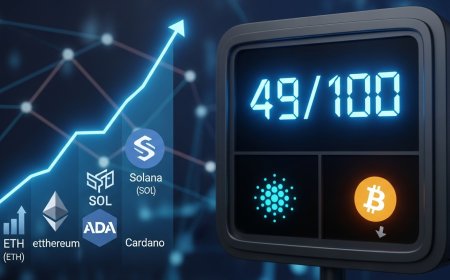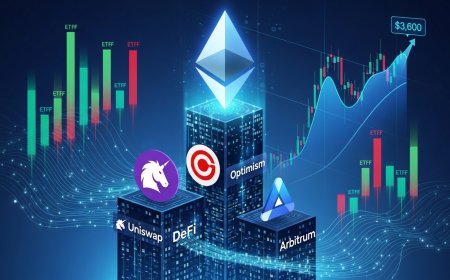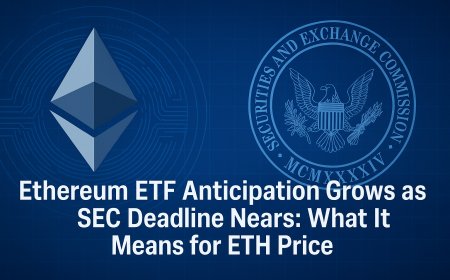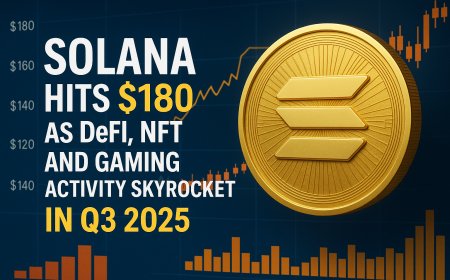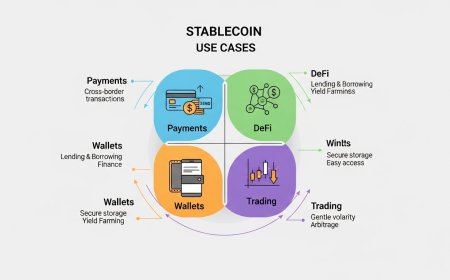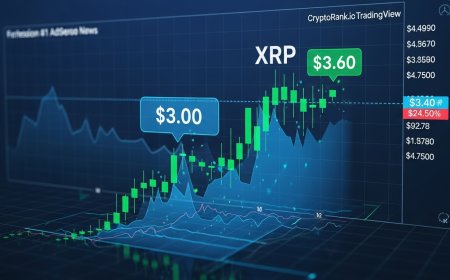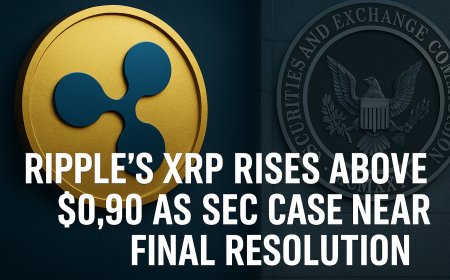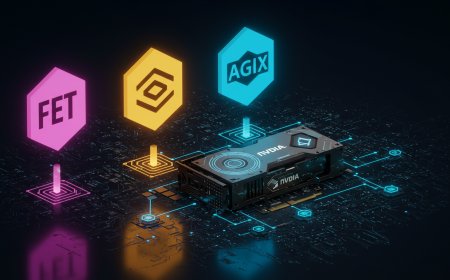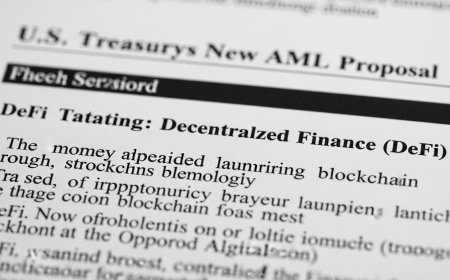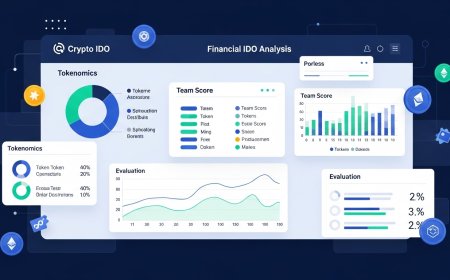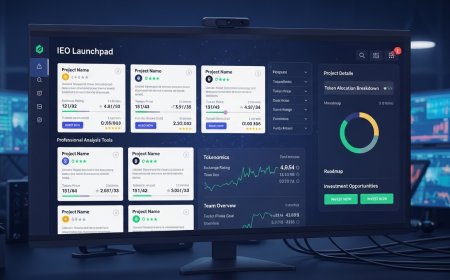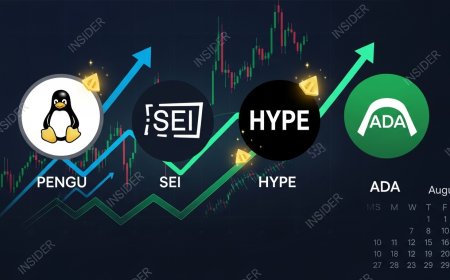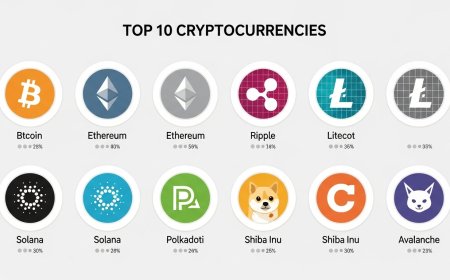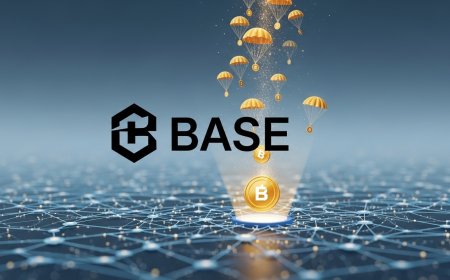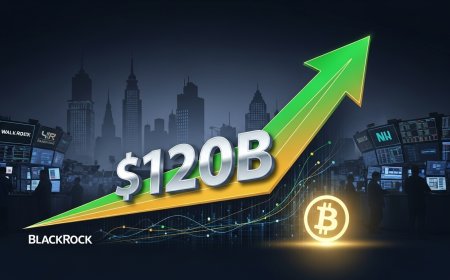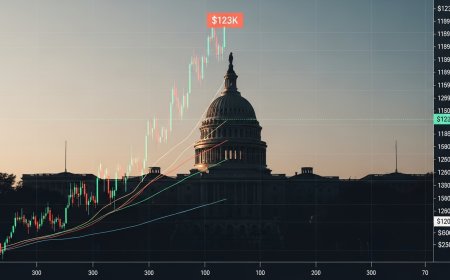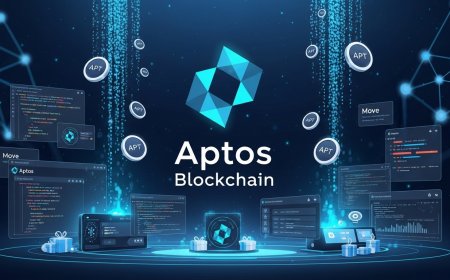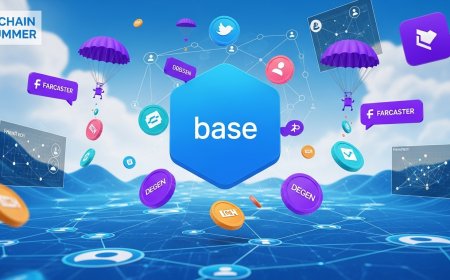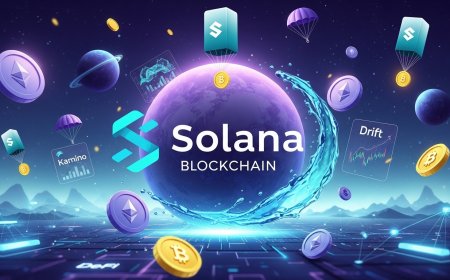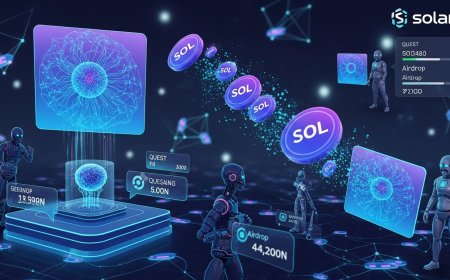Ethereum Layer-2 Networks Hit New Milestone as Scaling Race Accelerates
Ethereum’s L2 networks hit new highs in TVL and transactions. Here’s how Arbitrum, Optimism, and zkSync are transforming the scalability landscape.
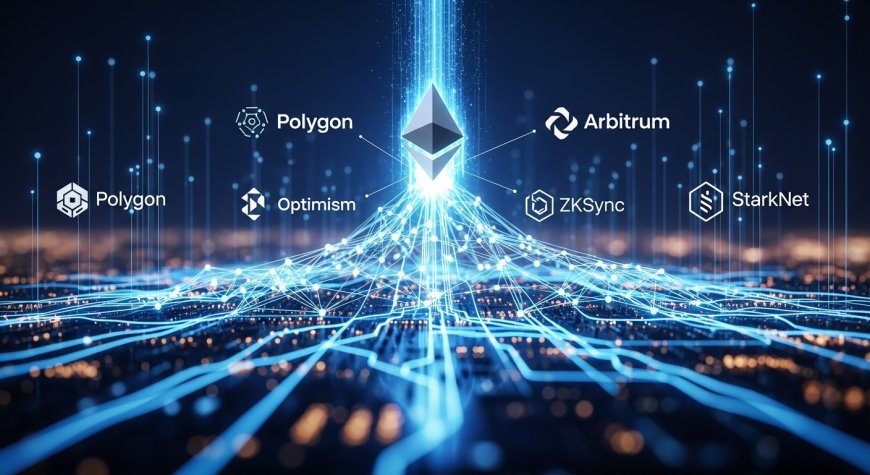
Ethereum Layer-2 Networks Hit New Milestone as Scaling Race Accelerates
Ethereum’s Layer-2 (L2) networks have officially crossed a new threshold — with total value locked (TVL) surpassing $38 billion and weekly transaction volumes exceeding 80 million. As gas fees on Ethereum mainnet remain elevated during peak hours, L2s are becoming the preferred destination for users, developers, and capital. This growth signals not only increased adoption but also a reshaping of Ethereum’s roadmap, with scalability no longer a future goal but a present reality.
Arbitrum, Optimism, and Base Lead the Pack
Arbitrum remains the undisputed leader in the L2 ecosystem, holding over $15.1 billion in TVL according to L2Beat. The network supports over 500 live dApps and boasts consistent daily volume over $1.8 billion. Recent ecosystem events like the Arbitrum Odyssey reboot and the STIP grant program have reactivated community interest and incentivized developers to build more robust applications.
Optimism follows closely behind, fueled by the Superchain vision and Base’s rapid ascent. Base, the Coinbase-backed L2 launched in 2023, has now become the fastest-growing L2 in 2025 — with over 12 million unique wallet addresses and $5.4 billion in bridged assets. Its integration into Coinbase’s product suite has allowed for frictionless onboarding and fiat gateways, making it a favorite for retail and institutional users alike.
zkSync Era and Linea: The Rise of ZK Rollups
While optimistic rollups currently dominate L2s, zero-knowledge rollups are rapidly closing the gap. zkSync Era, Starknet, and Linea have all posted record user activity this quarter. zkSync recently surpassed 2 million monthly active wallets, driven by its ecosystem expansion fund and Layer 3 protocol integrations.
Linea, developed by ConsenSys, reached $1 billion in TVL in just four months. The rollup supports native MetaMask integration, which has drastically lowered entry barriers for non-technical users. Starknet, meanwhile, continues to evolve its Cairo developer tooling and is expected to activate native account abstraction by Q4 2025 — potentially simplifying wallet UX across the L2 space.
Scaling by the Numbers: L2s Overtake Ethereum Mainnet
For the first time, Layer-2 networks processed more combined daily transactions than Ethereum mainnet throughout June and July. L2s now handle over 65% of Ethereum’s total transactional volume. Arbitrum alone averages 20M transactions per week, while Base and Optimism handle roughly 15M and 12M, respectively.
This shift underscores the growing role of rollups in absorbing Ethereum’s user load, while drastically reducing transaction costs. On average, L2s now offer fees 30–50x cheaper than mainnet, with simple transfers costing less than $0.01 in many cases.
EIP-4844 and Proto-Danksharding: The Catalyst Ahead
Ethereum developers are preparing for the implementation of EIP-4844 — also known as Proto-Danksharding — in late 2025. This upgrade introduces “blobs,” a new data format that allows rollups to post large amounts of data to Ethereum at minimal cost. This is expected to cut L2 fees by another 10x, enabling even cheaper transactions and scaling opportunities.
Vitalik Buterin has repeatedly emphasized that rollups are Ethereum’s core scaling strategy, and Proto-Danksharding is a critical piece in that puzzle. Once live, the upgrade will create a bridge toward full Danksharding, opening the door to Ethereum processing over 100,000 transactions per second across L2s in aggregate.
Developer Activity and Ecosystem Expansion
More than 5,000 developers are actively contributing to L2 ecosystems each month, according to Electric Capital’s Q3 report. Hackathons like ETHGlobal, Optimism’s Superhack, and Arbitrum’s Orbit DevX are spawning hundreds of new applications. Notably, GameFi and DeFi apps are the primary beneficiaries, with new protocols experimenting with real-time payments, on-chain order books, and native gaming economies.
Base has also launched its own $100 million developer fund, aiming to onboard consumer apps and fintech integrations. zkSync announced zkStack, a modular framework for launching custom ZK rollups — potentially unlocking Layer 3 scalability for niche communities and DAOs.
User Experience and Wallet Innovations
One of the most significant improvements in 2025 has been the seamless L2 user experience. Smart contract wallets, account abstraction, and native gas fee abstraction have all contributed to smoother onboarding. Apps like Rainbow, Zerion, and MetaMask now offer one-click bridging and native swap functionality across L2s.
Additionally, social login and biometric authentication features have started rolling out, especially on Base and Starknet, making Web3 apps feel indistinguishable from traditional mobile apps — a massive leap for adoption.
Risks and Fragmentation Challenges
Despite the progress, the L2 ecosystem isn’t without risks. Fragmentation across L2s creates friction in liquidity and composability. Users often need to bridge assets manually between networks, creating additional complexity. Projects like LayerZero, Wormhole, and Connext aim to solve this with secure cross-rollup messaging, but challenges remain.
Security is another concern. As L2s grow in complexity, the risk of smart contract exploits or bridge vulnerabilities becomes more serious. Audits, insurance, and proactive threat monitoring are becoming standard practice for leading protocols.
Conclusion: Ethereum Enters a New Phase
The rise of Layer-2 networks marks a definitive evolution in Ethereum’s scaling journey. With record-breaking metrics in transaction volume, capital inflows, and developer activity, L2s are no longer a theoretical solution — they’re powering the next generation of decentralized apps and infrastructure.
As Proto-Danksharding approaches and ZK technology matures, Ethereum is well-positioned to lead the multi-chain future through modular, scalable design. Whether it’s Arbitrum’s liquidity dominance, Base’s UX leap, or zkSync’s zero-knowledge push — Ethereum L2s are proving that scale, speed, and decentralization can coexist.
What's Your Reaction?
 Like
0
Like
0
 Dislike
0
Dislike
0
 Love
0
Love
0
 Funny
0
Funny
0
 Angry
0
Angry
0
 Sad
0
Sad
0
 Wow
0
Wow
0









